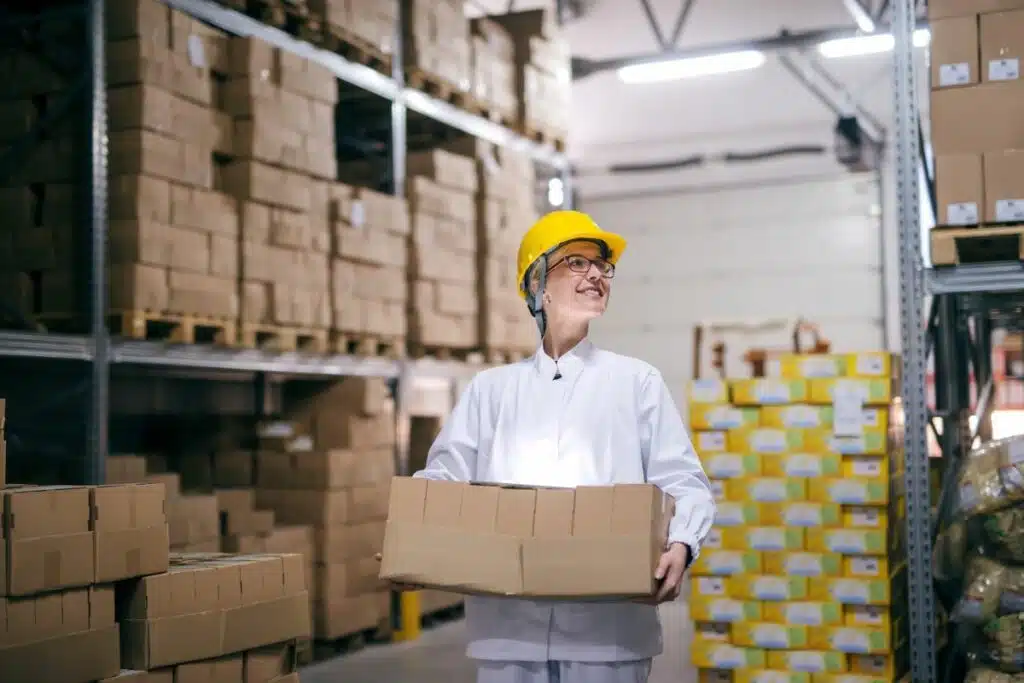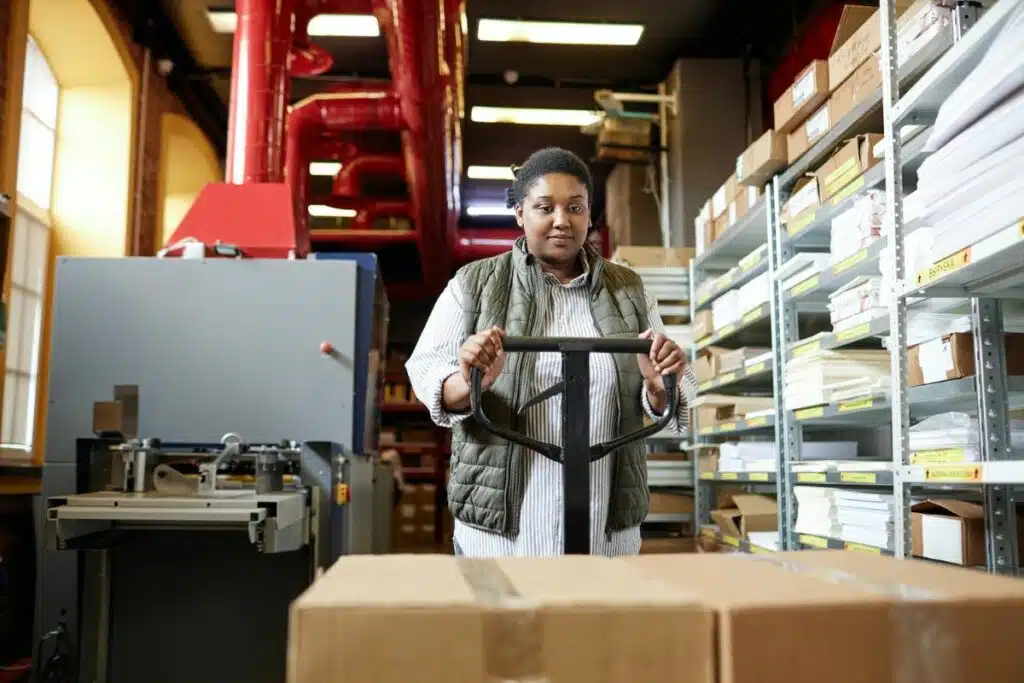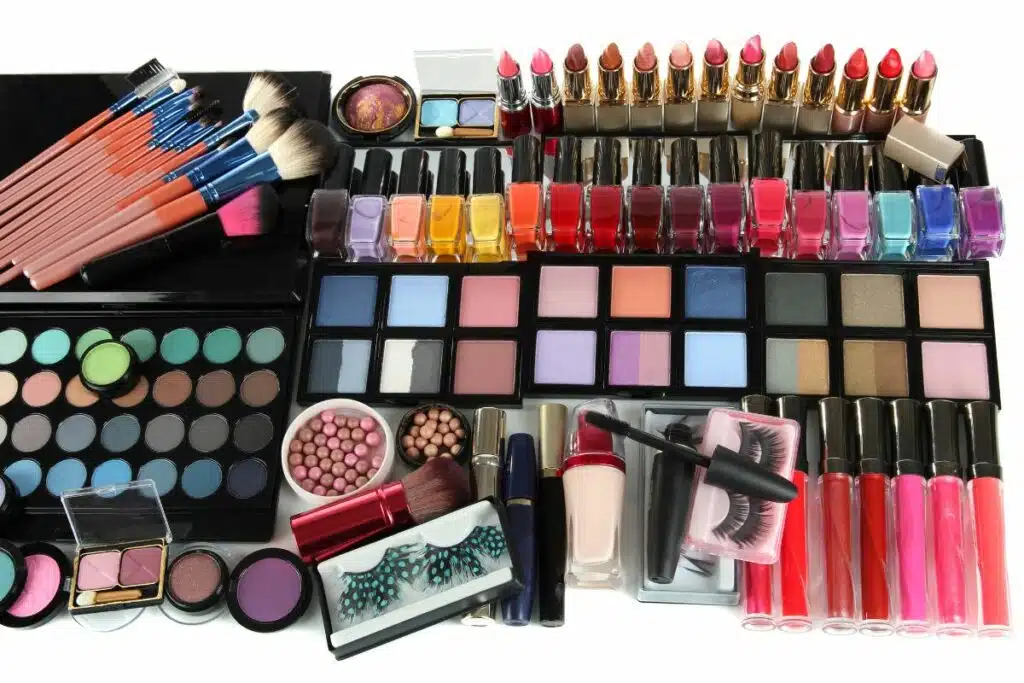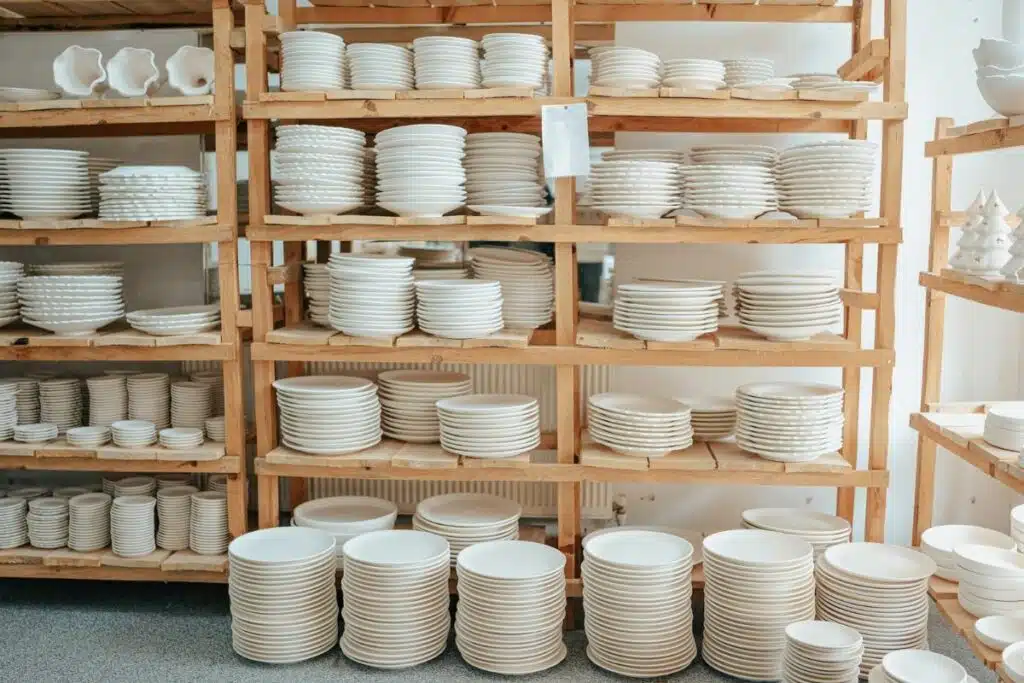Minimum order quantities, or MOQs, are a common requirement in private label manufacturing, where a retailer or brand contracts with a manufacturer to produce a product using the retailer or brand’s own labeling and packaging. This practice ensures that manufacturers produce a sufficient volume to optimize production costs while enabling retailers to offer uniquely branded items to their consumers.
What is Minimum Order Quantity (MOQ)?
Minimum order quantity (MOQ) refers to the smallest quantity of items a business is willing to sell to a customer in a single transaction. Suppliers create MOQs to make sure they don’t waste time and money on orders that don’t earn them enough. The MOQ can be set as either a minimum number of items or a minimum amount of money spent per order.
For example, a toy seller might have an MOQ of 50 toys, so buyers have to get at least that many in one order. Or, a jewelry shop might set their MOQ at $200, so buyers have to spend at least that much even if they’re buying different things. This helps sellers make sure every sale is worth it for them.


How to Calculate The Minimum Order Quantity?
Understanding and calculating the Minimum Order Quantity (MOQ) is crucial for retailers, especially those who manufacture and distribute their products through various channels, including wholesale to other retailers. Understanding how MOQs are calculated can help improve how you sell products and also help you deal with changes in buying situations. Here are the key steps to calculate MOQ:
1. Assess Demand
Analyze various factors influencing demand, such as product type, competitors, and seasonality, by looking at past sales data to predict future needs. This step is very important in determining the inventory required to meet market demands.
2. Calculate Holding Costs
Evaluate the costs associated with storing products, considering aspects like refrigeration or space for unusually shaped items. Keep in mind, it’s good for suppliers’ money situation when they don’t keep stock for too long.
3. Identify the Break-Even Point
The break-even point, when sales cover all costs, is key to understanding MOQs. Suppliers consider the costs of materials, work, storage, and getting new customers to figure out how many items they need to sell to cover costs and start making money. It ensures they don’t lose money by covering all the basic costs before they start making a profit from sales.
4. Set the MOQ
After determining demand, calculating holding costs, and identifying the break-even point, suppliers establish their MOQs for each product type, in order to prevent unprofitable orders from customers who wish to purchase in smaller quantities.
How Does Minimum Order Quantity (MOQ) Impact Inventory?
The Minimum Order Quantity (MOQ) plays a significant role in inventory management for both sellers and buyers. When sellers set a high MOQ, they commit to producing and potentially storing large quantities of items, influencing their inventory management practices. On theother side, buyers must evaluate whether they need at least the MOQ of a product; otherwise, they may need to explore alternatives, such as seeking a supplier with a smaller MOQ or assessing inventory storage solutions. Considerations like storage space and the financial benefits of bulk ordering become pivotal.
High MOQ Scenario
Suppliers with a high MOQ typically maintain a sizable inventory to fulfill orders. If they choose to keep low stock using just-in-time inventory management, longer lead times may be needed. While holding more inventory uses more working capital and warehouse space, it can also lower administrative costs by reducing order frequency, and possibly enable bulk purchasing savings. This strategy decreases stockout risks but increases the risk of inventory becoming outdated, especially in sectors like electronics.


Low MOQ Scenario
With a low minimum order quantity (MOQ), suppliers keep fewer items ready because they usually get smaller orders. This means they sell through their stuff quicker but might have a harder time because the sales team has to find and manage more customers. It also means they spend more on ordering costs since they order more often. Although they might run out of products sometimes, they’re less likely to end up with old, unwanted inventory.
MOQ Benefits for Buyers and Suppliers
MOQ is good for both buyers and sellers in different ways. Here’s why MOQ is handy for everyone involved.
Benefits for Buyers
- Saving More by Buying More: Think about deals like “buy one, get one free” at the store. MOQ helps you save money in a similar way by getting you to buy more at once. When you buy a lot of something, the price for each item is often cheaper than if you bought them one at a time.
- Stronger Realtionships with Suppliers: Buying lots from suppliers can help you get along with them better over time. For instance, you might be able to talk with suppliers about changing the MOQ. One way might be to share a big order with other buyers, so you meet the MOQ but don’t end up with too much stuff.
Benefits for Suppliers
- Less Spending on Storage: Selling products in big amounts means it moves out of your warehouse faster, which means you don’t need as big a space (or spend as much on it). Plus, you don’t spend as much keeping a lot of inventory around.
- Bigger Sales at Once: With MOQs, you don’t wait for lots of tiny orders to come in. You sell a bunch all at once, which means one big paycheck instead of lots of little ones. That boosts your earnings without having to manage lots of little sales.
- Money in Hand: A steady cash flow ensures you always have what you need to cover business costs, such as paying salaries or maintaining your storage space. Because MOQs encourage larger sales, you have more money coming in at once, which can help keep your financials sturdy.
- Up Those Profits: Getting your MOQs just right means after you take away all the costs like making the product and getting orders to customers, you have more money left in your pocket. Selling in bulk reduces costs for each order, which means more profits.
How to Negotiate Minimum Order Quantities?
Imagine this: you order 400 hats because that’s the smallest number the supplier will sell you at once (that’s their MOQ), but you only manage to sell 250. Now, you’re left with 150 hats that didn’t sell, which means wasted space and lost money. Wouldn’t it be nice if the supplier would let you order a smaller number?
Here’s an easy-to-understand guide on how to talk to suppliers about lowering MOQs:
Discuss the Materials
Consider having a talk about the materials used. Sometimes, a supplier might be willing to use less expensive materials which could make things a bit cheaper. This might make it possible for them to lower the MOQ because it costs them less to make the item.
Partner with Another Shop
Think about finding another store that wants the same item and share the order with them. This means both stores can meet the MOQ together, sharing the cost and the products. It’s like buying in bulk together, so no one store has too many items or spends too much money.
Focus on What Sells Best
Some items are made more often by suppliers because they are popular and sell well. They might be willing to lower the MOQ for these kinds of items since they’re making a lot of them anyway. It’s worth asking your supplier which items they make the most and discussing MOQ for those products. That is how you will find the trending products.


Split the Order Over Time
It might be possible to order the items in smaller batches over a period of time instead of all at once. You could ask the supplier to send and bill you for part of the order now, and the rest later. This can help you manage your storage and cash flow better.
Commit to a Larger Order Over Time
You might propose a deal where you agree to buy a larger total number of items over a certain period of time, but with the flexibility to order smaller quantities with each batch.
Consider Seasonal or Off-Peak Ordering
Ordering during the supplier’s off-peak season might make them more willing to negotiate MOQ since they might have lower production levels and be more eager to secure sales during slower periods.
Also, if you have been working with a supplier for a while and have a good relationship with them, they might be more open to adjusting the MOQ for you. If you’ve been a reliable customer, always paying on time, and placing orders regularly, use this history to your advantage when you negotiate!
Reasons for MOQs in Private Label Manufacturing
There are several reasons why suppliers and manufacturers have minimum order quantities in private label manufacturing. One of the main reasons is to ensure that the production process is efficient and cost-effective. Manufacturing a product is a complex process that involves a number of different steps, including sourcing raw materials, production planning, and quality control. Each of these steps requires time and resources, and manufacturers want to make sure that they can get back these costs by producing a certain number of units.
Another reason for MOQs is to manage inventory and reduce waste. Manufacturers often have a certain amount of raw materials on hand, and they need to make sure that they can use these materials efficiently without letting them go to waste. MOQs help to ensure that manufacturers can produce a product without running out of materials or having to dispose of excess materials.
Overall, minimum order quantities are an important part of private label manufacturing. They help to ensure that the production process is efficient and cost-effective, manage inventory and reduce waste, protect intellectual property, and ensure that the retailer or brand is committed to the product. By understanding and complying with MOQs, retailers and brands can work effectively with suppliers and manufacturers to produce high-quality products that are successful in the marketplace.